Bees have a secret life. They communicate in intricate ways. They also play a crucial role in our ecosystem. Learn fascinating bee facts. Discover how you can support these essential pollinators. Use Bloomer filter tips to help.
Be sure to check out the podcast in the history section!
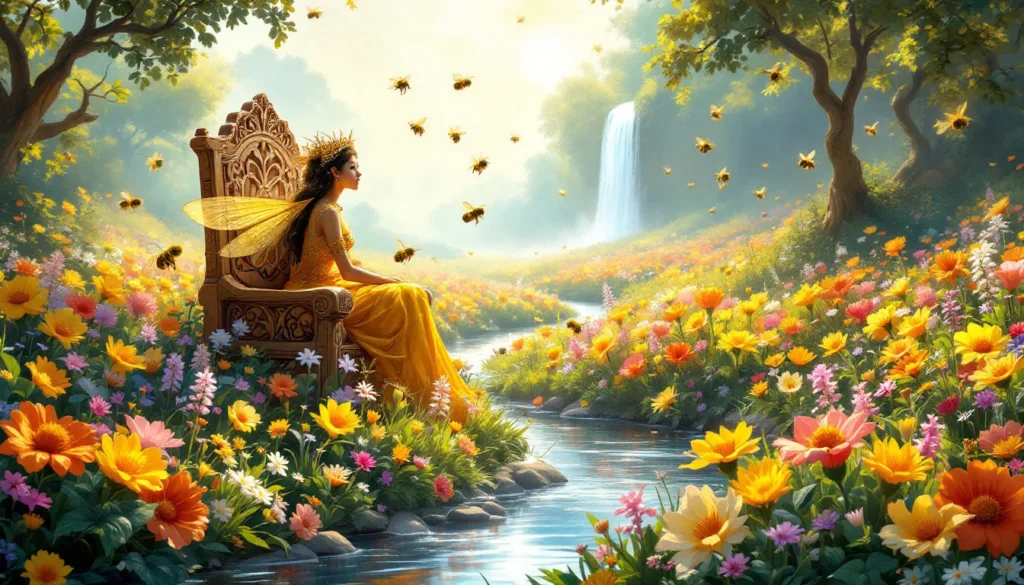
The Secret Life of Bees: A World of Wonder and Importance
Bees are essential. They are more than just buzzing insects. They have a fascinating secret life. Their communication is intricate. They play a vital role in pollination. Bees amaze scientists and nature enthusiasts.
In this post, we’ll delve into the secret life of bees, uncovering fascinating facts and exploring how you can help these incredible creatures thrive.
Unveiling the Secret Life of Bees: Communication and Social Structure
Bees have complex social structures. Their communication methods are fascinating. They even rival human societies. One intriguing bee behavior is their ability to communicate through dance.
The famous “waggle dance” is a unique form of communication where bees share information about the location of food sources with their hive mates.
Bees live in highly organized colonies, each with specific roles:
- Queen Bee: The sole reproductive female in the colony
- Worker Bees: Females responsible for foraging, hive maintenance, and care of young
- Drones: Male bees whose primary purpose is to mate with queens from other colonies
This intricate social structure is a key element of the secret life of bees, allowing them to work efficiently and maintain their crucial role in our ecosystem.
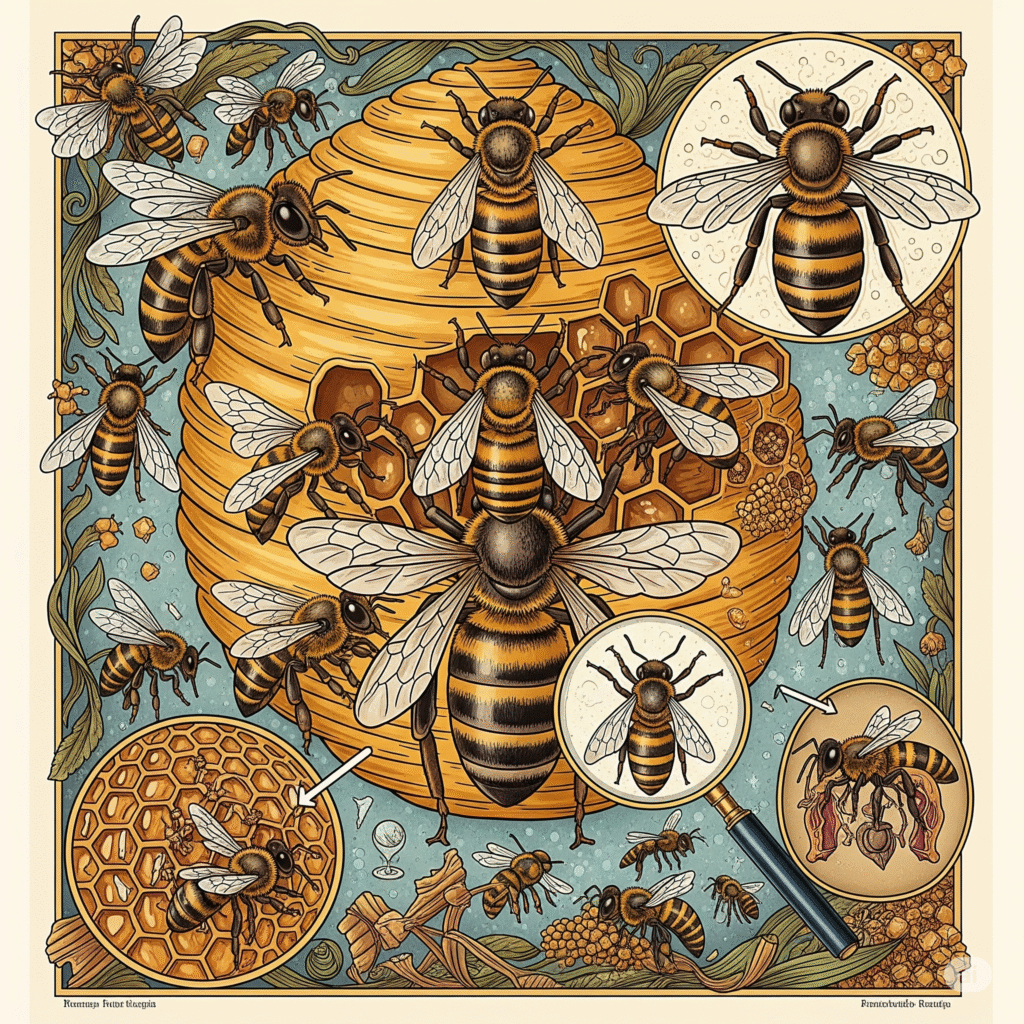
Fascinating Facts About the Secret Life of Bees
- Bee Vision: Bees can see colors invisible to the human eye, including ultraviolet light.
- Honey Production: A single worker bee produces only about 1/12 teaspoon of honey in its lifetime.
- Pollination Power: Bees pollinate approximately 75% of global crops, making them essential for food production.
- Bee Memory: Bees can remember human faces, demonstrating their impressive cognitive abilities.
- Hive Temperature: Bees maintain a constant hive temperature of about 92-95°F (35°C) by fanning their wings or clustering together. regardless of external weather conditions, ensuring optimal conditions for raising their young
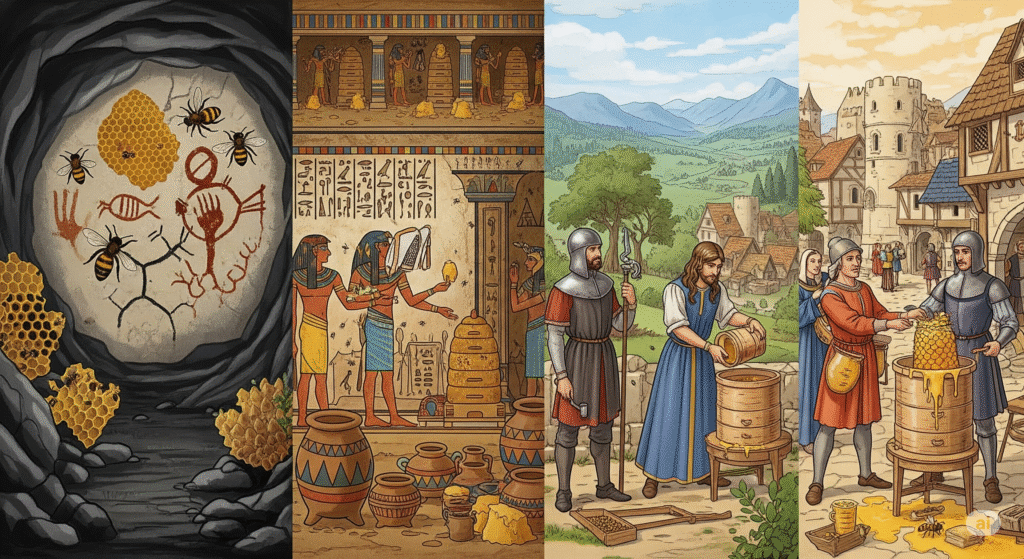
The Ancient Bond: Bees and Humans Through History
A fascinating fact about bees and their historical significance is that prehistoric humans have been gathering honey for at least 7,500 years, as evidenced by a recently discovered cave painting in Spain. This artwork depicts a figure climbing a rope ladder to reach a colony of bees, highlighting the lengths early humans went to obtain this nutritious and sweet food source. Such discoveries emphasize the longstanding relationship between humans and bees, showcasing their importance in our food systems throughout history. For more details on this remarkable find, you can read the full article on Atlas Obscura here.
But I did find this podcast where around 2:07-2:30 they mention that it was before 2,450 BC but as they say they say in the podcast honey is believed to be a gift from the Gods and Bees were formed from the tears of the sun God Ra.
The Crucial Role of Bees in Our Ecosystem
Understanding the secret life of bees reveals their immense importance to our planet. As primary pollinators, bees play a vital role in:
- Maintaining biodiversity
- Supporting food production
- Preserving ecological balance
Without bees, many plant species would struggle to reproduce, leading to a cascade of effects throughout the food chain.
How You Can Help Bees Thrive
Now that you’ve glimpsed into the secret life of bees, you might be wondering how you can support these incredible insects. Here are some simple yet effective ways to help:
- Plant Bee-Friendly Flowers: Create a diverse garden with native plants that bloom throughout the seasons.
- Avoid Pesticides: Use natural pest control methods to protect bees and other beneficial insects.
- Provide Water Sources: Set up shallow water dishes with pebbles for bees to drink safely.
- Support Local Beekeepers: Buy local honey and beeswax products to encourage sustainable beekeeping practices.
- Use Eco-Friendly Products: Choose products that support bee conservation, like Bloomer filter tips.
Bloomer Filter Tips: Smoking with a Purpose
Bloomer filter tips offer a unique way to combine your smoking experience with bee conservation efforts. These eco-friendly filter tips contain wildflower seeds that can be planted after use, creating new habitats for bees and other pollinators.
The wax in Bloomer filter tips provides a protective and biodegradable barrier for the precious seeds within, ensuring they can bloom after use. By choosing Bloomer filter tips, you’re not just enhancing your smoking experience; you’re actively contributing to the wellbeing of bees and supporting their secret life.
How to Plant Your Bloomer Tip
- Roll: Choose from your favorite Bloomer tips, cones, or our sweet banana leaves from the Caribbean. Rolling is a breeze since the paper easily sticks to the wax!
- Smoke: Enjoy your smoke and relax.
- Toss: Simply toss it in an area where it can grow to start a local pollinator preservation near you!
For a quick guide on how to plant your Bloomer filter tips and help save bees, check out my guide here: Plant Bloomer Tips to Save Bees.

Embrace the Secret Life of Bees
The secret life of bees is a world of wonder, complexity, and crucial importance to our planet. By understanding and appreciating these remarkable insects, we can take steps to protect them and ensure their continued survival. Whether it’s planting bee-friendly flowers, avoiding pesticides, or using eco-friendly products like Bloomer filter tips, every action counts in supporting the secret life of bees.
Ready to make a difference? Use discount code “AmbassadorBloomer” for savings on your Bloomer filter tips purchase. Visit our discount blog post for more details on how you can save while saving bees!
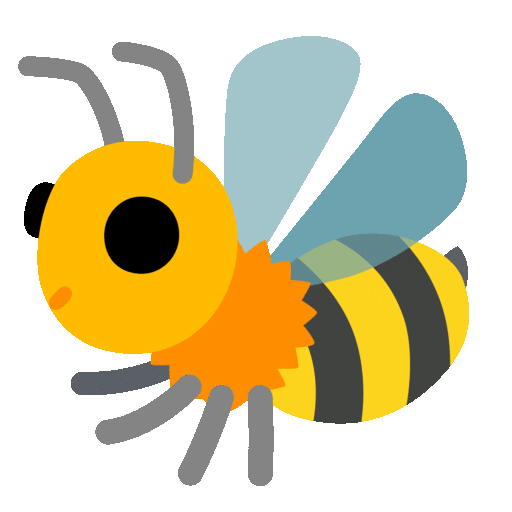
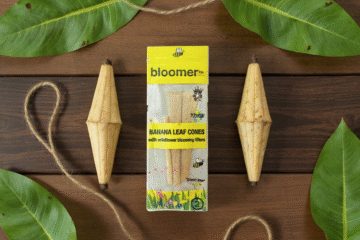
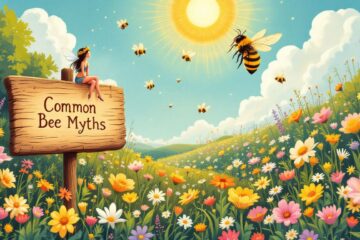

0 Comments